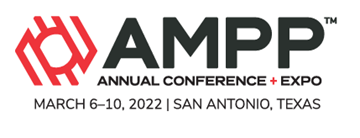Search
A Case Study: Piecewise vs. Holistic Pipeline AC Mitigation Design
Also Purchased
Comparing AC Study Techniques In Addressing AC Corrosion Risk
Product Number:
51322-17735-SG
Publication Date:
2022
$20.00
AC Interference and Mitigation: Heartland Case Study
Product Number:
51317--9461-SG
ISBN:
9461 2017 CP
Publication Date:
2017
$20.00
Case Study of AC interference on an Urban Gas Pipeline: Field Test AC Mitigation Design and Assessment
Product Number:
51317--8914-SG
ISBN:
8914 2017 CP
Publication Date:
2017
$20.00




